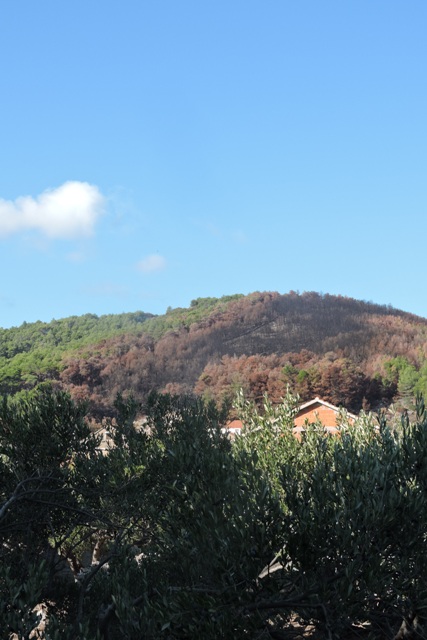No more Nightingale song
This week: Unremarkable deaths; Just two brothers; Raid No. 49; Death and destruction on New Bridge Road; No more Nightingale song; The Owls have it; Trouble with seeds; It’s fire season again;
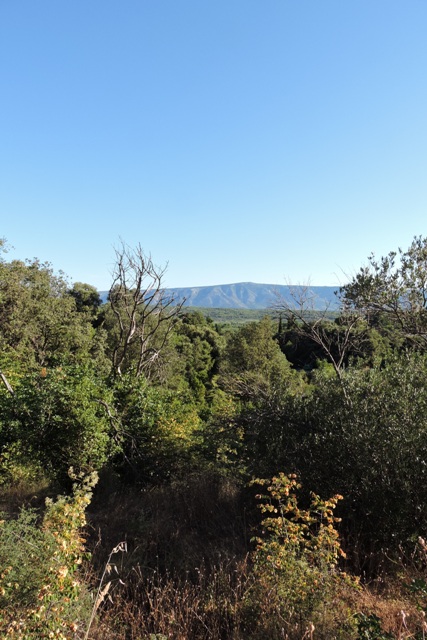
What have I been doing for the past fortnight?
Being completely honest, slightly more than the square root of zero!
I was decidedly “off colour” last week and that together with the enormous 960 mg antibiotic tablets the doctor prescribed for the acute infection, have taken their toll on my energy levels.
As a friend said, “I thought they gave those to horses?”.
Where the infection finished, the constant extreme heat and high humidity we are experiencing continued broadening my energy gap.
The state authorities have been warning people across the Mediterranean to stay in the shade from 11:00 to 18:00 because of the heat and the strength of the sun.
I have been happy yo comply with this advice.
This has meant time to do some research into deaths of police officers in war time and also to finish a spreadsheet to provide a graphical representation of the weather you might expect in any week if the year.
Slaving in front of a hot computer, with an oscillating fan at your back to keep you cool, is not necessarily the most fun task. Especially when one is writing formulae in spreadsheet cells, to draw out and make visual, data gathered over my years here.
I have done it now, but I still need to do some fine tuning.
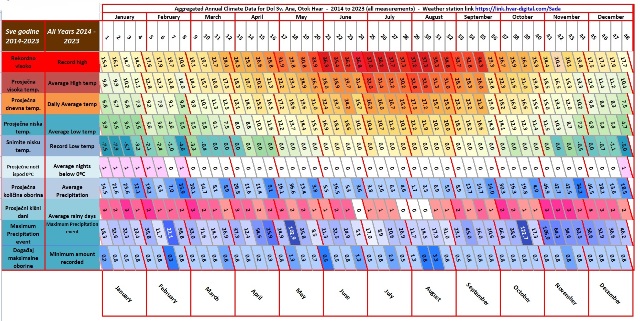
I have added all the colour shades manually. It would be nice to be able to assign a colour based on the numeric value in the cell, however I can’t find a way to do it.
Perhaps in a future Microsoft Excel upgrade….
Meanwhile the year is passing at a dizzying speed. Already the vine leaves are taking on their autumn hues, and it is not yet August!
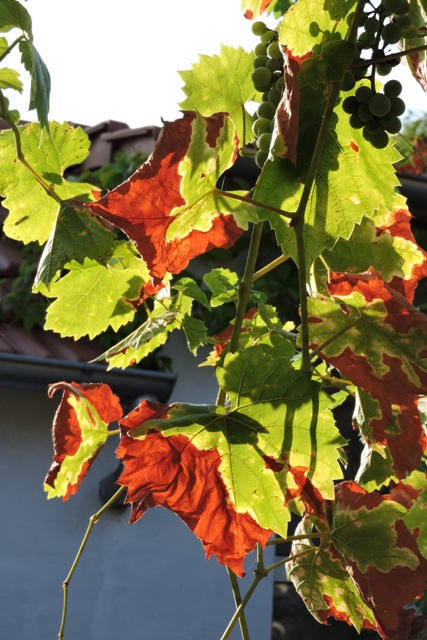
Unremarkable deaths
The death of everyone is important, no matter how or when it occurs.
The death of members of the emergency services and the military, on duty, have been recorded for decades and there are many dedicated memorials, both national and local to those individuals.
However police and firefighters who were recalled to the colours, having joined the emergency services after service in the military, and those who volunteered in times of war are not recorded centrally anywhere.
There is an excellent Police Remembrance Trust FaceBook group which is trying to correct this.
One of my police history research projects is looking at the 20 police forces that existed over time in Yorkshire and trying to construct a complete database of all the officers who gave their lives fighting during war time, or as a result of war on the Home Front.
I have already discovered a couple of officers who were completely un-commemorated.
A North Riding Constable who was killed in the Boer War in South Africa in 1899, and a Scarborough Borough officer killed during World War 1..
Researching two young brothers from the Kingston upon Hull City Police, with the help of two colleagues John and Andy, I was able to put together a more complete narrative about them which was published on 18th July.
This research takes time and effort, although the internet does make things much easier. Just being a good researcher is not enough.
Just two brothers
A “town on the North East coast” was how the City of Kingston upon Hull was described by the newspapers reporting air raids there during World War II.
This was because of news censorship so that German Intelligence was not aware of damage reports which would have been useful information.
This euphemistic phrase meant that the rest of the country had no idea of the extent of the death, damage and destruction that Hull was suffering.
PC 128 John Leslie Robinson was appointed to the Hull City Police on 5th January 1937.
Personnel records from this era do not exist, but we do know that in 1941 he was living with his widowed mother and brother Ronald at 130, New Bridge Road in the Southcoates area of east Hull.
A feature of the Nazi German bombing raids was their use of incendiary devices.
As a part of the preparations for WWII, the Government created the Air Raid Warden’s Service in 1937, and under the wardens, “Supplementary Fire Parties” (SFP).
SFP’s were groups of three to five individuals, with stirrup pumps and buckets, trained to fight small fires and deal with incendiary bombs.
In 1940 it was made compulsory for all commercial premises to have “Fire Watchers” on duty at all times.
Early in 1941 local authorities were required to arrange plans for detecting and extinguishing fires in prescribed premises and industrial districts.
In Hull, industry and housing coexisted alongside each other, throughout the city.
This means that where the Nazi Luftwaffe were aiming bombs at business premises, a hit and especially a near miss would inevitably mean the the civilian population would be affected.
We know that John Robinson aged 24 and his 18 year old brother Ronald were “Fire Watchers”, when not on duty.
John was 20 when he joined the Hull City Police. After training he was posted to the Western Division, based at Gordon Street.
The Gordon Street station still exists, externally little altered and is still owned by the police.
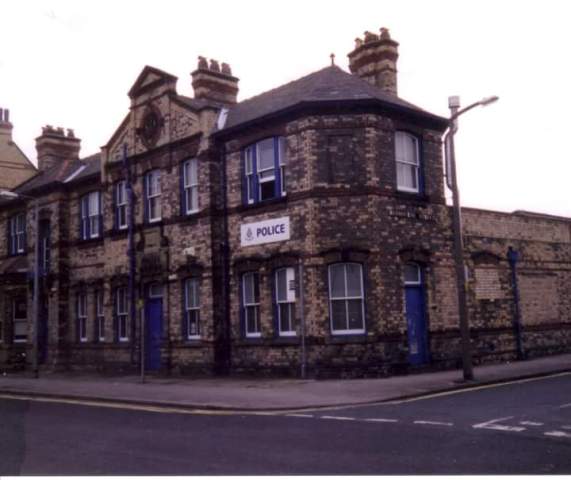
John’s younger brother, Ronald was also working for Hull City Police in 1941, aged 18, as a PAMS/Telephonist. His station is not recorded.
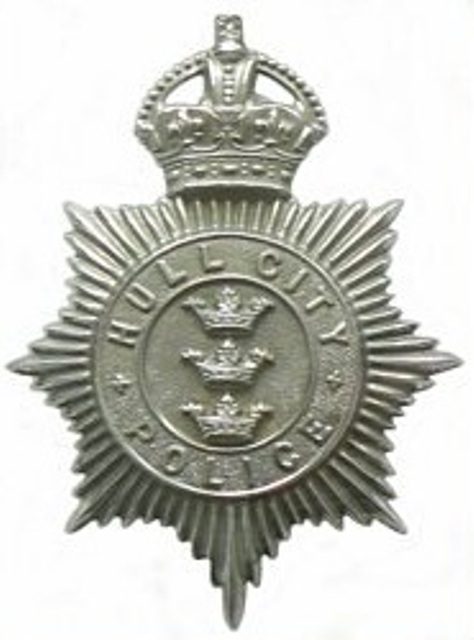
The PAMS – Police Auxiliary Messenger Service – were formed in 1940, recruiting teenagers, not old enough for military service. PAMS were employed, rather than being volunteers and could be appointed from age 15.

Records for the Hull PAMS have not survived.
I am still trying to locate photographs of the two young men.
Raid No. 49
In the early hours of Friday 18th July 1941, the Air Raid Alert sounded. This was the 49th air raid on Hull.
The Hull City Police reports of each air raid still exist and the originals are held in the East Riding Archives, in Beverley.
The following is the transcription of the report:
Raid No. 49
The Air Raid Warning was sounded at 01:18 hrs on the 18th July 1941, and the “Alert” period lasted until 04:06 hours on the same date.
A heavy raid developed on this occasion and incendiary and H.E. Bombs were dropped in all Police districts of the City.
Extensive damage was again done to industrial, shop and house property and serious fires were started, especially in the eastern part of the City.
Two Paint Works in the Stoneferry area were seriously damaged by fire and two important factories were badly damaged by high explosives, namely, Messrs Reckitt & Colman’s, in Dansom Lane and Messrs Spillers Flour Mill in Cleveland Street.
Several other warehouses and factories were damaged by fire or high explosives and the General Post Office received a direct hit by a high explosive bomb.
The New Bridge Road area, Egton Street and Mulgrave Street suffered severely in this raid, and very extensive damage to house property resulted.
A Police Box at the junction of Clough Road and Bankside was demolished.
Nine unexploded bombs were left in the City and evacuation had to be carried out in each case.
A heavy casualty list resulted from this raid, as follows –
121 killed (Including one Police Constable and one Police Telephone Operator:)
292 injured
Death and destruction on New Bridge Road
PC 128 John Robinson, aged 24 and PAMS Ronald Robinson, aged 18, were killed by the HE bomb which landed on 85, New Bridge Road, circled below.
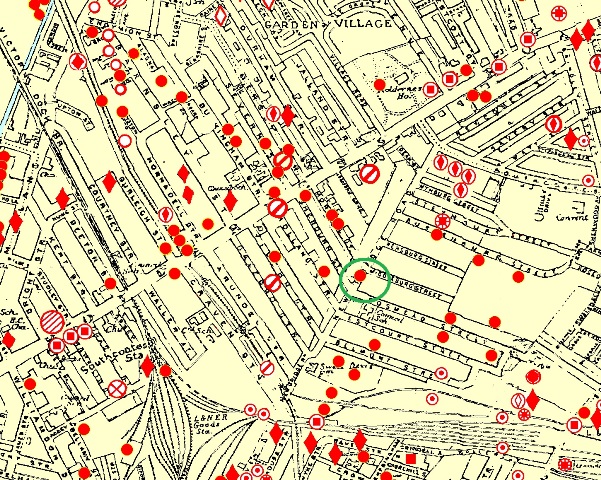
From the Hull daily Mail archives, we know that both young men were living with their widowed mother and 16 year old brother, at 130 New Bridge Road.

From the same archive, ARP Warden Harry Bradley was also killed at the address of 85, New Bridge Road where he lived and two other police constables were injured.
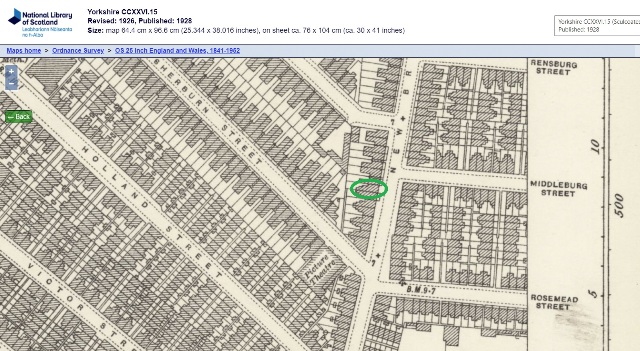
It is likely they were there being briefed or being allocated tasks when the bomb struck.
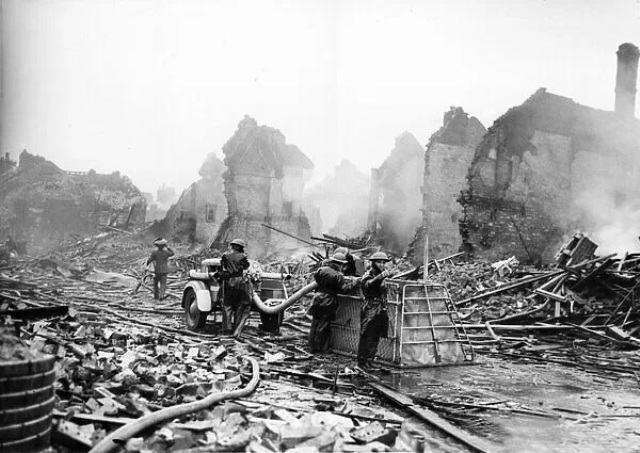
There are gaps and discrepancies in these different reports, because of the circumstances under which they were written.
Today, Just a grassy play area exists where 44 houses once stood on New bridge Road. There is no memorial to any of those who died in or near 85.

A little later in July 1941, the Hull Daily Mail reported on the funeral for the two young men.
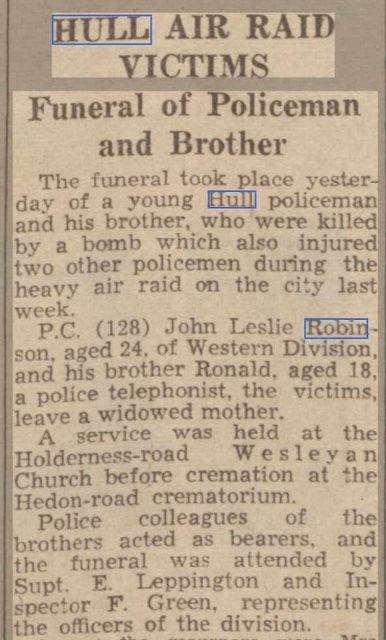
No more Nightingale song
I woke up one mooring this last week to silence.
Well silence apart from some wretched dogs on the other side of the valley which were barking as usual for their breakfast.
The cicadas had started, but the Golden Oriole were quiet.
I was trying to work out what else was missing. Then I realised, it was our Nightingales as well as the Golden Oriole.
The first Nightingale arrived back from central Africa on 1st March this year and ever since the males have been singing their tiny little hearts out.
I have even seen my local families several times, albeit from a distance and not close enough for any photo with my standard lenses.

Now they have upped-and-off, heading with their fledged young, back to their wintering grounds in the Sahel.
There is no data available about where the Nightingales that I have around my home every summer migrate to. What I have found though is some research carried out by ornithologist organisations in the UK.
Minute GPS tracking devices are attached to birds that have been caught and ringed, then set free. The route followed shows that these tiny birds do the 4,000 kilometre migration in several hops, with periods of rest where there is plenty of food.
It is reasonable to assume that our birds do a similar migration pattern.
As both the Nightingale and Golden Oriole sing continuously while they are here, when the singing stops it is noticeably quieter.
Other migrating bird species do move together as groups of several species.
I have been unable to find any reference to these two bird species flying together, however as they have all disappeared at the same time, I think they probably do.
I hope they have a good flight and return soon…
The Owls have it
I was woken by a commotion outside the bedroom window in the early hours one morning last week. The noise had excited two of my felines too.
Listening and watching in the orange glow from the street light, I could see a small owl sitting on the electric cable.
Every so often, the bird would dart away, catch something and then return noisily to the wire .
I often see my local majestic Eagle Owl, a huge bird with broad wings which flies completely silently.
This little chap was noisy, his flying was not exactly elegant and as he sat bobbing up and down on the wire, he was squeaking loudly.
I went outside with my small digital recorder, creeping along my terrace to where I could see the wires. The moment the bird saw me, he flew off.
The bird has been back though, on successive nights.
This is the Little Owl, Athene noctua. They are year round residents and I have heard them calling before.
Once in a territory, the male remains there for life. I suspect the altercation which woke me was because another male had intruded on my local bird’s territory and was being “seen off”.
Their nest sites vary from holes in trees to holes in buildings and everything in between.
Although diurnal, I have yet to see the bird during the day, but with a lot of ruined buildings around my home, I suspect there is a pair nesting very close, but completely hidden.
Trouble with seeds
Sometimes you win, sometimes you lose…. Especially when planting seeds.
There are two flowering trees which I would like to try to grow, however I know that I am currently on the very edge of their growth zones.

I have a project for next year, which will involved the complete renovation of an old garden, some rockeries and the removal of self sown brambles, ivy, Nettle trees and wild pistachio.
Their removal will open the space, which I would like to fill, but with some flowering trees because the area can be seen from the public footpath that runs at the back of my home.
Last autumn I ordered some seeds from a European seed merchant. They duly arrived in early December, just 20 large “pill shaped” oval seeds for Delonix regia, the Flamboyant Tree, and a packet of 100 Jacaranda seeds.
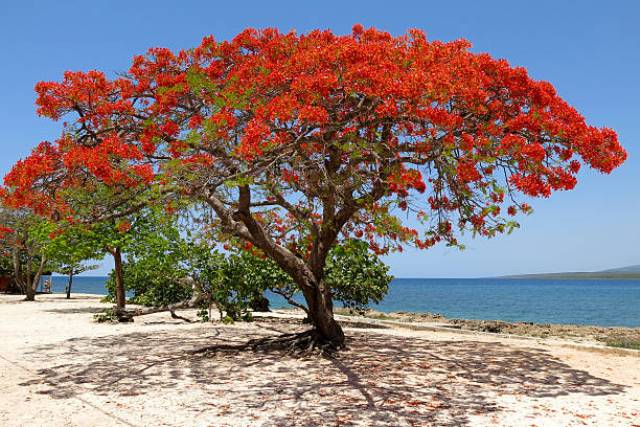
I planted 5 Delonix seeds in my heated propagator in December, after soaking in warm water for 24 hours.
I also used a nail file to remove the hard shell of the seeds, so that they could more easily absorb moisture to start the germination process.
Just one of the five germinated and that is now in the polytunnel.
Eight weeks ago I chitted the remaining seeds and soaked them again for 24 hours before planting. This time, I put them two to a pot, and wrapped two pots in plastic supermarket vegetable bags.
The first germinated last week and another four since then.
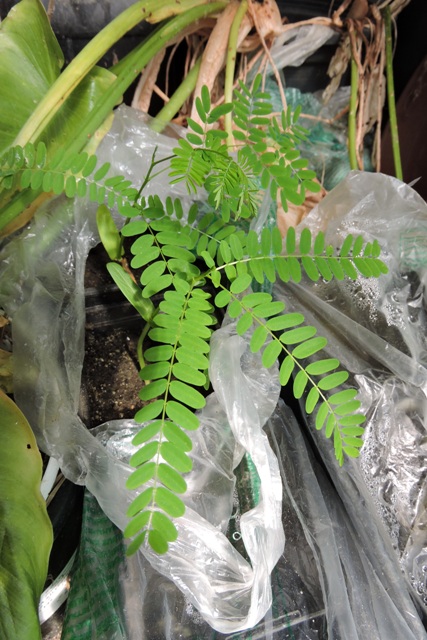
I will need to nurse them for a few years before they can be planted outside, however they are part of the Caesalpina family and those are already growing here in Jelsa.
They have been in the entrance to my little greenhouse, slightly raised off the floor, so it has been warm, humid and they get late afternoon sun. It is still only a 25% germination rate though.
At the same time I soaked and planted some of the Jacaranda seeds.
After soaking, I individually planted the seeds into polystyrene seed modules, in seed compost and again enclosed each module in a plastic bag.
Some of the soaked seeds I had left over, I planted on the top of potting soil, lightly covered in a mushroom container.
None of them. not a single one germinated. So I tried again, but sadly with the same result.
Reading up, an online suggestion was to sandwich the seeds between moist kitchen towel, inside a plastic bag, left in a bright but not sunlit spot.
I have tried and none of these have germinated either.
My final attempt is this week. This time I have rubbed each seed gently on fine sandpaper and I am trying the kitchen paper method again.
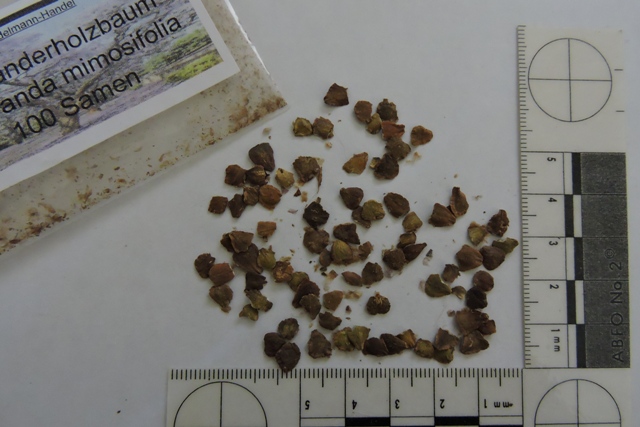
It may be that I have just been sent old seed of course……
It’s fire season again
The heat of the past ten days has removed most of the moisture from grasses and plants around my home.
In previous years they would have long since been dried to a crisp by this point in the year.
I was out just before 6am looking for one of my felines this week.
She hadn’t been for food (when I was around) for more than two days, so with one of her siblings leading, I wandered into the Maquis where I know she has a bolt hole.
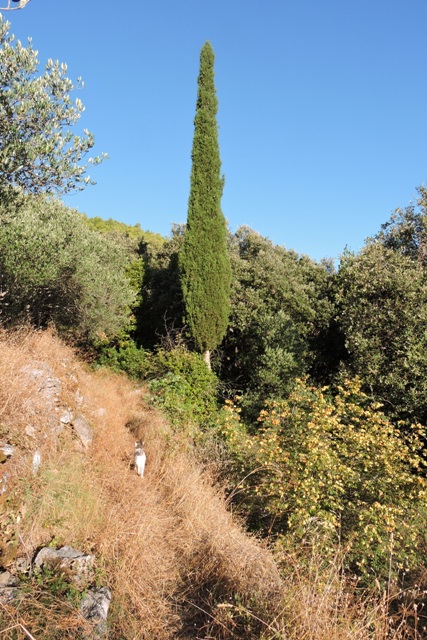
The morning was beautiful, cool with the lightest of breeze.
The scent of pine oil was around all the trees. This is one reason that forest fires here are so devastating.
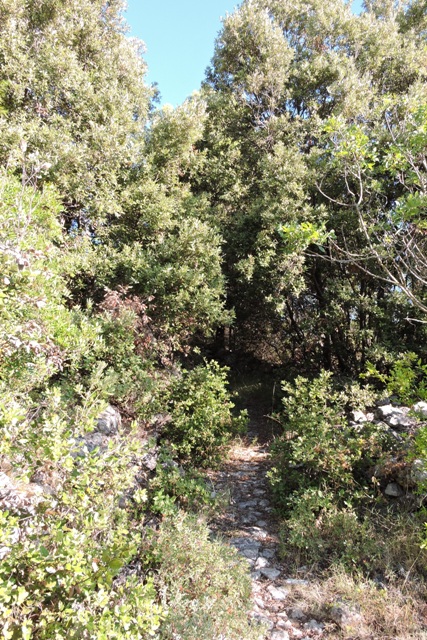
All the native Mediterranean biome trees are filled with volatile oils, not just the pines.
The floor is covered with a thick layer of pine needles and it just needs one moment of carelessness, or of course an arsonist, to set the place ablaze.
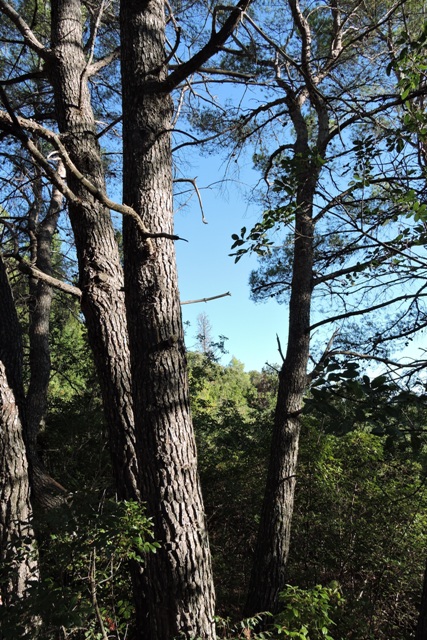
I found Bljsac, or rather she found us, as I expected.
She appeared out of the under brush and trotted along the path towards where we stood.
I think she has been coming in at night to enjoy the 24 hour buffet I leave for the felines, because she wasn’t hungry or thirsty.
At tea-time on Thursday afternoon there was the unmistakable ochre coloured low cloud hanging over Brać.

It didn’t take long to find that there was a major fire on a the small island of Čiovo, just to the west of Split, 24km away.
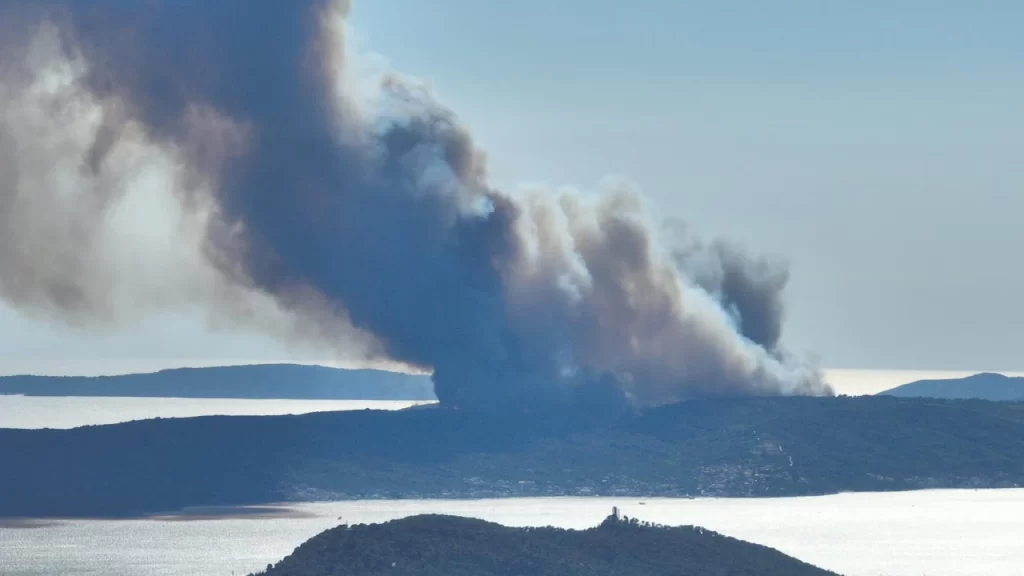
All the islands in Dalmatia have the same flora and fauna, all just as dry and ready to burn.
At bed time the fire was still uncontrolled because it was in an inaccessible area.
Behind my home it is also inaccessible, except on foot by the old donkey tracks.
At first light on Friday the Canadair water bombers were in action again. They cannot fly at night.
By mid morning the Vatrogasci were reporting that the blaze was under control.
Fortunately no properties were damaged in this incident. The police reported that two people had been arrested for negligently starting the fire.
It isn’t just the immediate damage caused by these fires though, it is the long term effects.
The burn scars on this island are still visible from two decades ago and last summer’s fire in the next village remains a raw, brown scar on the hillside. NCG
